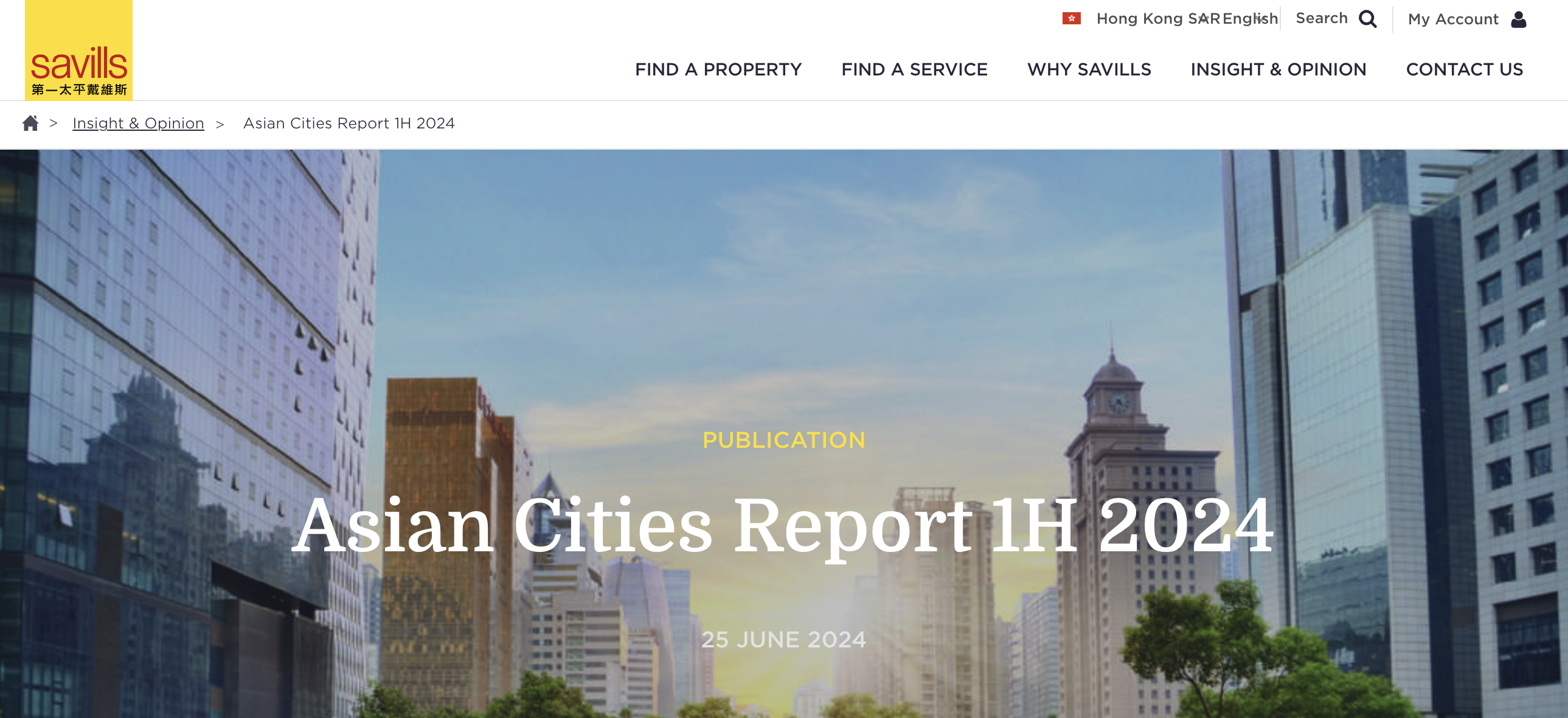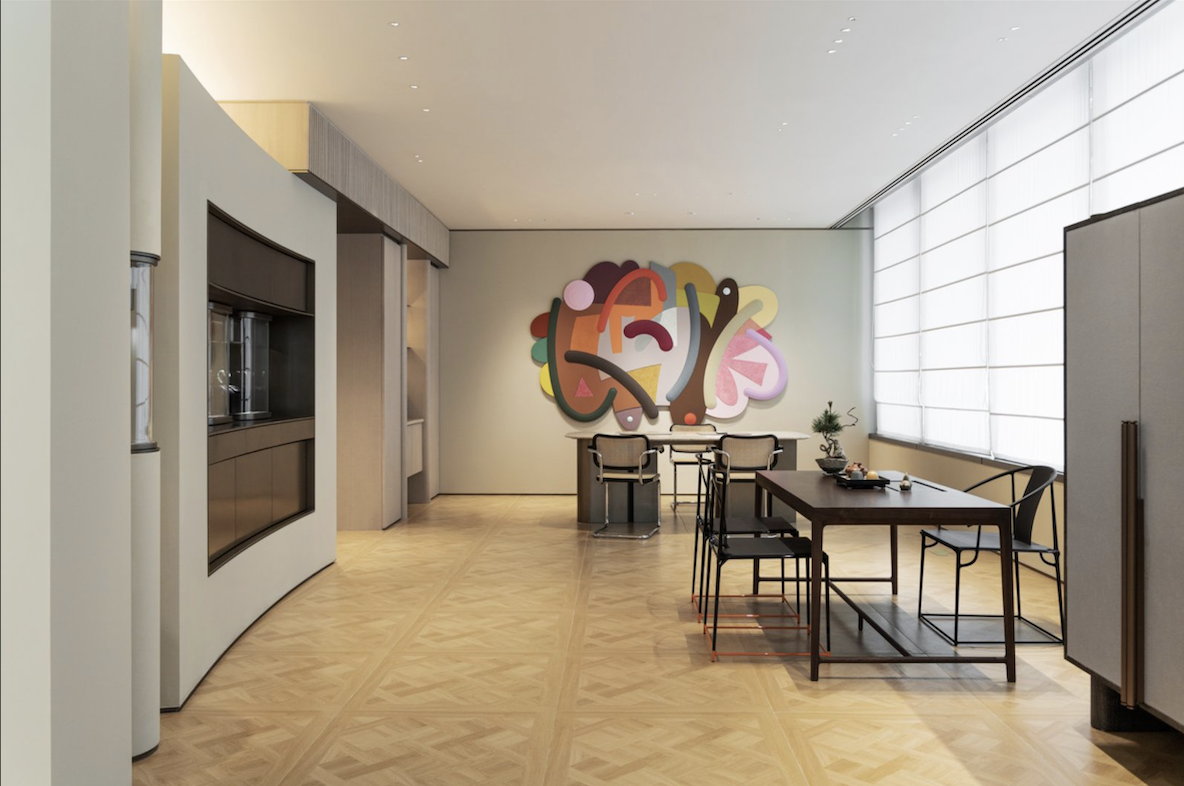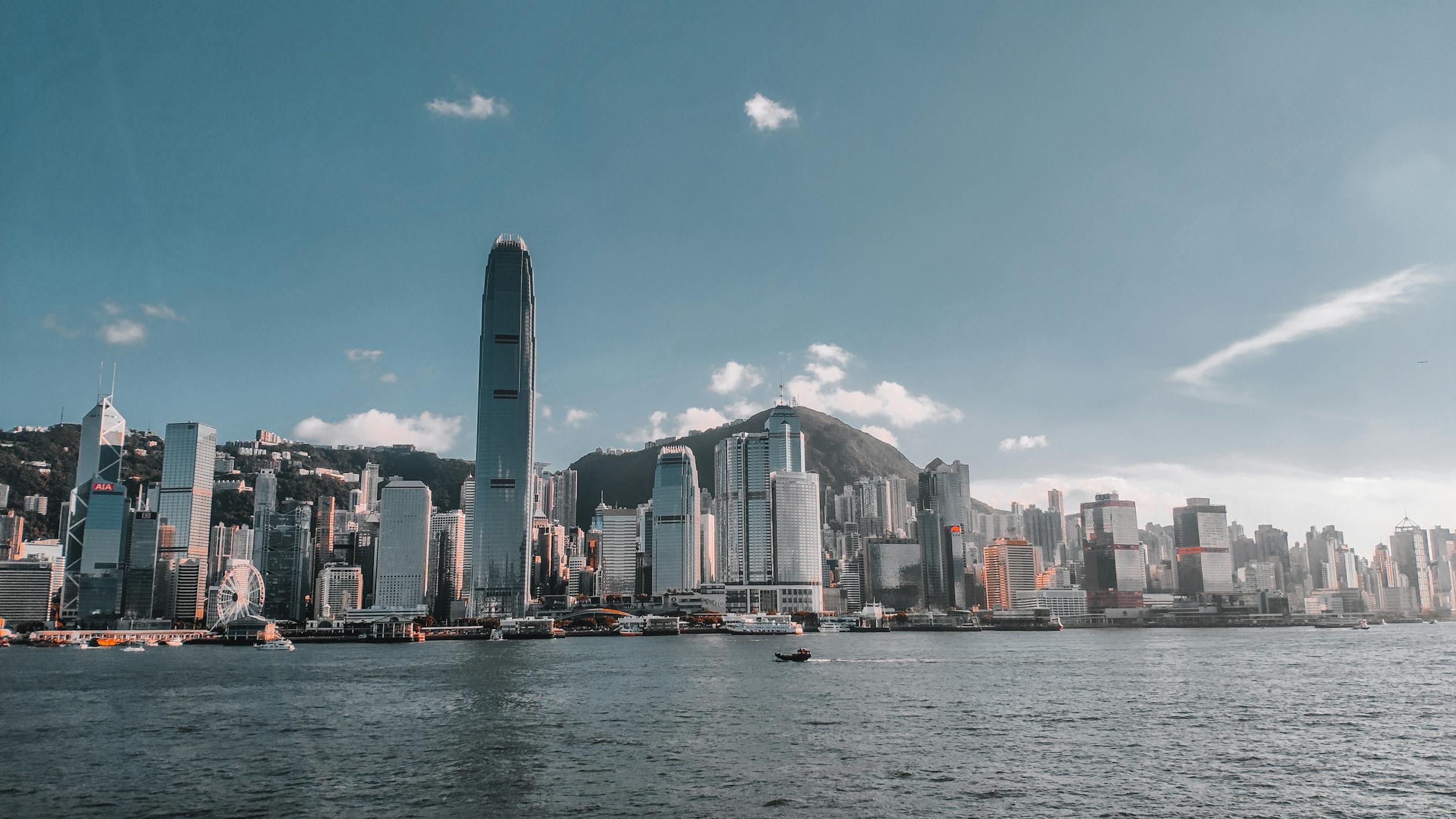On June 25, the international real estate service provider Savills released the retail report “Asian Cities Report 1H 2024”. The report highlights shifts in consumer spending patterns, tourist numbers, and market dynamics across major Asian cities from Singapore to Hanoi, and from Hong Kong to Kuala Lumpur.

Hong Kong, China: Increase in Northbound Travelers
The tourism landscape in Hong Kong has been reshaped by factors such as a stronger Hong Kong dollar, currency exchange rate fluctuations, and evolving travel consumption patterns.
Over the past two years, the Hong Kong dollar has remained strong. This has had significant impacts, with the Renminbi (RMB) and Euro (EUR) depreciating by about 10% against the Hong Kong dollar, while the Japanese Yen (JPY) saw a substantial decline of over 30% during the same period.
In addition to these currency dynamics, the phenomenon of “revenge travel” emerged in 2023 after Hong Kong reopened its borders following three years of pandemic-induced closures, leading to a surge in outbound travel among local residents. Although the tourism sector has resumed, the recovery of inbound tourism has been slower than anticipated. Compared to four years ago, the increased prices of goods and services in Hong Kong have significantly hindered the return of inbound tourists, leading to a slower-than-expected recovery in visitor numbers.

Changes in the Number of Tourists Visiting Hong Kong
Furthermore, the spending of visitors to Hong Kong has also dropped significantly compared to 2018. The “total tourism expenditure” plummeted by 48% in 2023 to HKD 141.3 billion, a decrease of HKD 130 billion from 2018 levels. This shift in travel consumption patterns is particularly evident among Mainland Chinese tourists, whose day-trip and overnight spending in Hong Kong decreased by 43% and 8% respectively from 2018 to 2023, reflecting a societal trend towards greater budget-consciousness.
Meanwhile, there has been a surge in northbound travel, with more Hong Kong residents visiting nearby cities in the Guangdong-Hong Kong-Macao Greater Bay Area, rising from 3.9 million monthly trips in the first half of 2023 to 6.1 million monthly trips in the second half.
Hanoi, Vietnam: Luxury Retail Faces Supply Shortages
In the first quarter of 2024, Vietnam’s retail sector showed an overall improvement, with retail sales of goods and services soaring to VND 1,537.6 trillion, an 8.2% year-on-year increase. Hanoi stood out with an impressive 9.3% growth rate, surpassing the national average. Meanwhile, Hanoi’s economy grew moderately, with a 5.5% year-on-year increase in its Gross Regional Domestic Product (GRDP) in the first quarter.
However, the retail boom has also brought challenges, with luxury retailers struggling to cope with an increasingly severe supply shortage.
Currently, Hanoi has a total retail floor area of 1,786,100 square meters (net leasable area), comprising various types of stores. This includes 4 department stores, 36 shopping centers, 50 retail stores, 95 supermarkets, and 3 wholesale centers. Due to limited available space, the Central Business District (CBD) of Hanoi only accounts for 14% of new leasing areas. Major tenants in the CBD primarily include cosmetics, footwear, bags, and accessory businesses. As Hanoi’s retail landscape evolves, luxury retailers face ongoing challenges in securing prime locations in the city’s burgeoning retail market.
Kuala Lumpur, Malaysia: Moderate Consumer Spending, Slow Retail Growth
The retail sector in Greater Kuala Lumpur has experienced a more subdued growth trajectory, reflecting a moderation in consumer spending patterns. From 2013 to 2019, the average occupancy rate of retail malls in Kuala Lumpur declined, mainly due to mismatched supply and demand dynamics.
The pandemic-induced lockdowns and store closures in 2020 and 2021 further significantly impacted occupancy rates. However, recovery began in 2023, with the average occupancy rate reaching 80.4% in the first quarter of 2024. The total retail area in Greater Kuala Lumpur, including large format stores, grew by 3.3% year-on-year in 2023, reaching 75.1 million square feet, equivalent to approximately 9.3 square feet per capita.
The Outer KL area holds the largest market share at 55%. The addition of three new retail stores contributed to the growth, including The Exchange TRX (with a net leasable area of 1.35 million square feet), Pavilion Damansara Heights Phase 1 (533,000 square feet), and KSL Esplanade Mall (650,000 square feet).
Looking ahead to 2024, Greater Kuala Lumpur is expected to add approximately 1.1 million square feet of retail space, bringing the total retail stock to around 76.3 million square feet (equivalent to 9.3 square feet per capita), a 1.5% year-on-year increase. Noteworthy upcoming shopping centers include Elmina City Lakeside Mall and 168 Park Selayang Mall.
The report notes that as Kuala Lumpur’s retail landscape evolves, industry participants must adjust their strategies to meet changing consumer preferences and thrive in an increasingly competitive environment.
Singapore: Adapting to an Evolving Retail Landscape
Despite successfully hosting a series of high-profile events in 2024, Singapore’s retail sector has yet to fully return to its pre-pandemic state.
There are indications that Singaporean residents’ consumption behaviors have shifted from pre-pandemic patterns. Additionally, visitor numbers remain below 2019 levels, with inflation affecting all segments of society, distorting the retail landscape.
As a result, tenants, landlords, and asset managers must adapt to the changing consumption behaviors of locals and the ongoing impact of reduced tourist numbers.
| Source: Savills, Retail in Asia
| Image Credit: Savills official website
| Editor: Liu Jun



